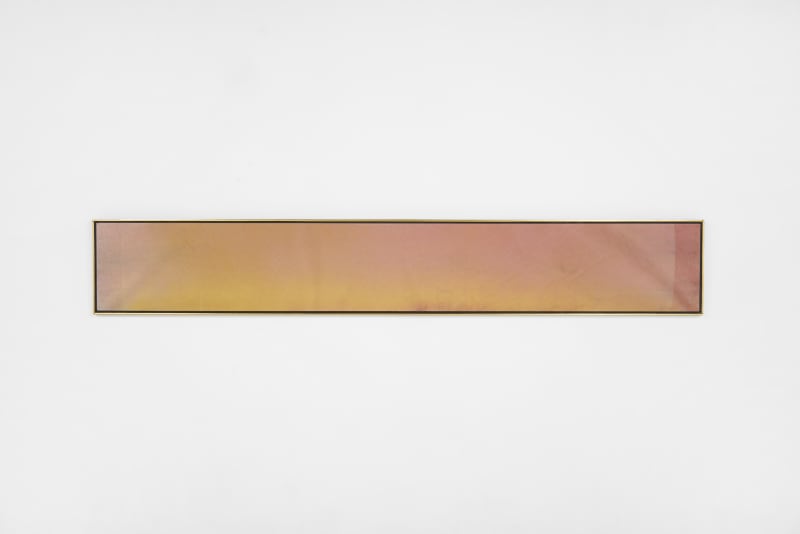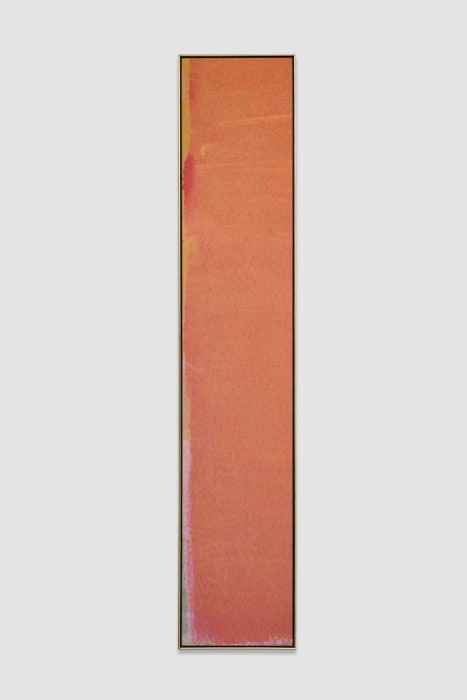Jules Olitski
Jules Olitski, a prominent American artist, made significant Color Field movement contributions. Born on March 27, 1922, in Snovsk, Russia, he moved to the US in 1923. His experimental color and form approach solidified his art history stature.
Studying at the National Academy of Design and the Beaux-Arts Institute of Design, Olitski shifted from figurative to abstract art in the mid-1950s. His color exploration was key, using spray guns, brushes, and unconventional tools for layered, vibrant surfaces. His broad brushstrokes and rich hues redefined color’s two-dimensional impact. Deeply rooted in Color Field’s principles, Olitski embraced its emotional color focus for immersive experiences. He introduced three-dimensional elements, transcending traditional painting. His career featured phases like “stain painting” in the late 1960s with thin color washes on raw canvas and a vibrant, textured phase in the 1970s with bold brushstrokes and impasto layers.
His achievements garnered awards, including a 1963 Guggenheim Fellowship and 2007 National Medal of Arts. His works adorned renowned galleries and museums worldwide, and he shared his passion as a teacher. Jules Olitski passed on February 4, 2007, leaving a profound legacy. His Color Field contributions and innovative color-form exploration continue inspiring artists. His visually striking, emotionally charged works establish his role in abstract art history.





